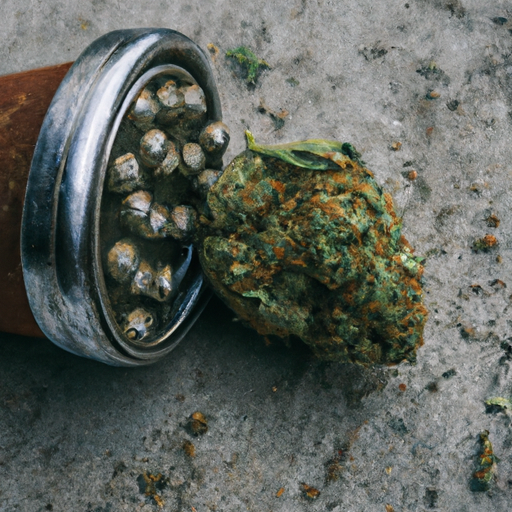Introduction to Non-Recreational Uses of Cannabis: Looking Beyond the Stigma
When one thinks of cannabis, the mind often drifts to negative stereotypes associated with its recreational use. However, the conversation surrounding cannabis is beginning to evolve, as we consider «Cannabis and its non-recreational uses: a look beyond the stigma.» Increasingly, cannabis is being recognized internationally for its potential therapeutic and industrial uses, which marks a significant shift from its traditional image of a recreational drug. It is becoming critical to understand alternative uses of cannabis and to separate the plant’s health benefits from its potential for abuse.
Medical Applications of Cannabis
In recent years, an extensive amount of research has been conducted on the potential medical applications of cannabis. Studies have shown that chemicals found in cannabis, known as cannabinoids, can have a range of beneficial effects on the body. These include pain relief, reduction in inflammation, improved sleep, appetite stimulation, and relief from nausea and vomiting. In more specific medical conditions such as epilepsy, glaucoma, and multiple sclerosis, cannabis has shown considerable potential as a form of treatment, whether used alone or as a complement to standard therapies.
Despite the growing body of knowledge, there are still legal and social barriers that prevent many people from accessing cannabis-based medicines. A significant challenge lies in altering public perception and dismantling the stigma surrounding cannabis. This transformation begins with an open, informed conversation about «Cannabis and its non-recreational uses: a look beyond the stigma.»
Industrial Uses of Cannabis
Cannabis is also breaking grounds in several industrial sectors, primarily through the cultivation of hemp, a type of cannabis plant with very low concentrations of the psychoactive substance THC. Companies are finding new uses for hemp every day, from building materials and paper to biofuels and biodegradable plastics.
Hemp also proves to be a sustainable crop, requiring fewer resources, such as water and pesticides, compared to traditional crops. Therefore, embracing hemp could be a significant step toward more sustainable and eco-friendly industries.
In conclusion, it is clear that the conversation around cannabis is becoming more nuanced and balanced. As we continue to explore «Cannabis and its non-recreational uses: a look beyond the stigma,» we begin to chip away at the misconceptions surrounding the plant, ultimately paving the way for its broader acceptance in medical and industrial fields.
Thank you very much for reading our content. We will be delighted to assist you through our contact. A review on Google also greatly helps us.
